Stop segmenting for convenience – Start segmenting for impact
Segmentation has become a buzzword in the membership world, but the way many organisations approach it is fundamentally flawed. Too often it’s a tidy admin exercise: categorising members by age, career stage or geography and calling it done. This type of segmentation might keep the CRM clean, but it won’t tell you what members value, what drives their decisions, or how to truly engage them. It’s segmentation built for convenience, not for impact.
What we’ve found, time and again, is that when segmentation is done properly it becomes more than a marketing tool. It becomes a strategic lens that reshapes how organisations design, communicate and grow.
Take Boundless, the membership organisation serving civil service and public sector workers. On paper, its members are fairly homogeneous. Similar professions with shared backgrounds and familiar benefits. But when we helped them dig into behavioural and attitudinal data, the reality was far more complex. Some members were highly engaged while others showed a quieter, more passive loyalty. What motivated them varied, some valued discounts while others were driven by social connection, family experiences and a sense of belonging. By moving beyond surface-level labels and building a segmentation model rooted in mindset and motivation, Boundless was able to completely reframe how it communicated and delivered value. It wasn’t just about what members were offered, it became about what truly resonated, with relevance baked into every interaction.
For the Royal College of Physicians of Ireland (RCPI), the challenge was different but equally nuanced. As a professional body with an international membership base, it was clear that traditional segmentation by membership grade or geography simply wasn’t fit for purpose. What we helped them uncover was the critical importance of cultural context and educational expectation. In some regions, formal CPD accreditation was seen as the primary driver of value; in others, it was peer-to-peer community, informal learning, or even the reputation of the institution itself. One-size-fits-all segmentation would have led to one-size-fits-none outcome. Instead, RCPI used these insights to tailor its educational development and evolve its offerings in ways that reflected local needs, cultural preferences and real-world behaviour.
These examples point to a bigger truth: segmentation is no longer optional. And more importantly, it cannot be static. Member needs are evolving, expectations are rising, and in a world of hyper-personalisation, generic communications just don’t cut through. If your segmentation model doesn’t change as your audience changes, it quickly becomes irrelevant. We’ve seen this across many sectors, from professional bodies like the Chartered Insurance Institute and BCS (The Chartered Institute for IT), to consumer-facing organisations like CAMRA. Whether serving professionals or consumers, the principle holds: demographics don’t explain engagement, mindset and motivation do.
The most forward-thinking membership organisations are treating segmentation as a live strategic asset. It’s embedded into decision-making across teams. It’s revisited regularly, using both qualitative and quantitative inputs. And crucially, it’s actionable, guiding content development, influencing member communication, and informing how value is delivered throughout the member journey.
If you’re still segmenting by job title, postcode, or legacy membership grade, it’s time to raise your ambition. True segmentation doesn’t just describe your members, it explains them. And when it’s done right, it gives you the clarity and confidence to serve them better, today, tomorrow and into the future.
At trueology, we’ve spent years helping membership organisations look beyond the obvious, digging into the behaviours, needs and motivations that define real member value. If you want to find out how we can help a membership organisation like yours, contact trueology today!


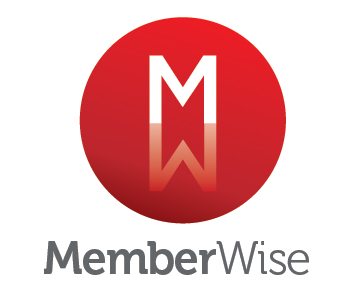
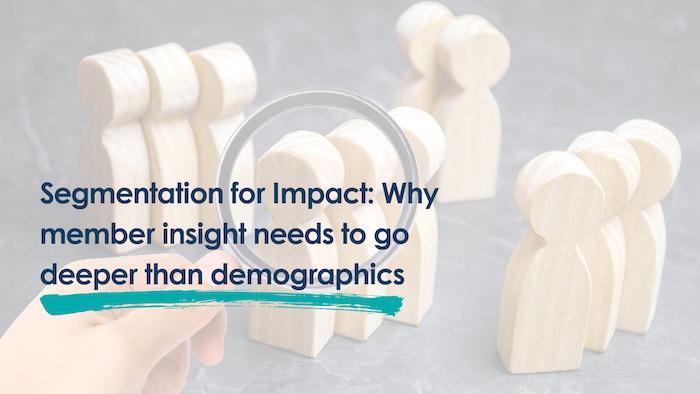

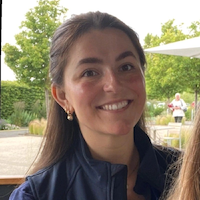
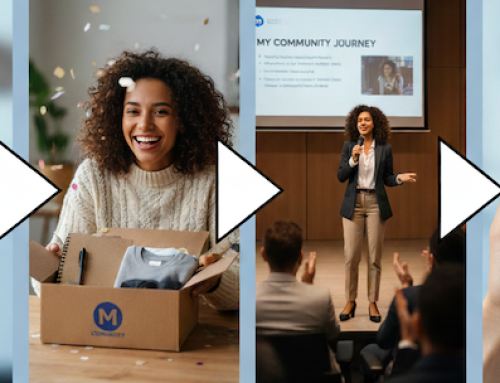


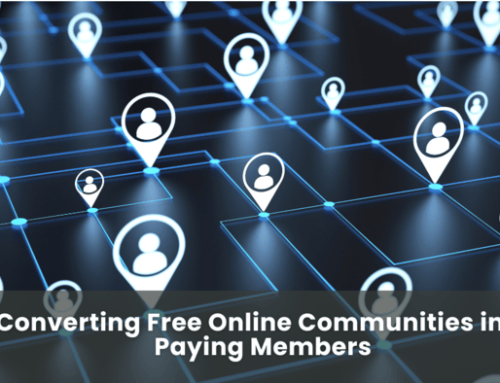

Leave A Comment